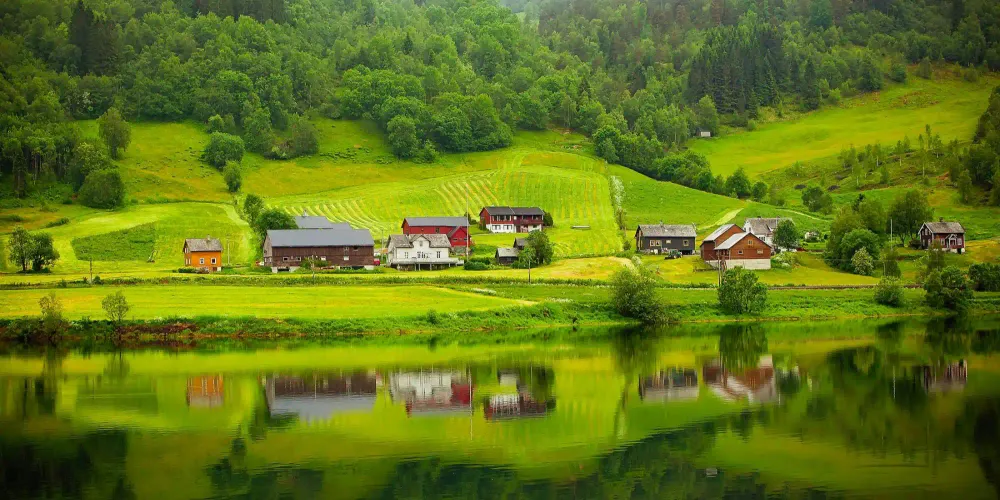Issue 96 • Week of November 19, 2023
As we celebrate Thanksgiving weekend, many of the indigenous people and family farmers whose predecessors once broke (corn) bread 402 years ago are now struggling today.
Tribal reservations and rural communities both pride themselves on their self-sufficiency. Both cultures try to live more off the land or even off the grid. However, both have been increasingly challenged to overcome the consequences of decisions made by distant officials and corporations that directly affect their livelihood.
The historic suffering and displacement of Native American tribes during US expansion are well-documented. Less well-known are some of their following hardships, such as ongoing recovery from dam construction. The Army Corps of Engineers submersed areas exceeding the size of Rhode Island (more than 1 million acres) of tribal territory that had been previously allocated by treaty. The abject flooding of villages, farms, timber, livestock, and wildlife contributed to an unemployment rate on reservations that has stagnated around 50% for decades. Remaining indigenous land is more susceptible to climate change, without sufficient water, and/or divided by pipelines that has put the local ecology further at risk.
Meanwhile, agrarian society as far back as colonial times was portrayed as the healthy alternative to unsanitary urban dwellings. Post-war metropolitan environmental cleanup, lopsided opportunities, lax agricultural regulations, and rural food deserts have since reversed that trend. Cities are counterintuitively healthier than the country – and the gap has been growing for decades. All five leading causes of death are more prevalent in more remote settings.
Declining health is one reason that rural counties just experienced their first ever population drop between two censuses. Water contamination and air pollution from factory farms, fracking, and agricultural runoff has led to rampant health problems that residents cannot afford, resulting in substantial medical debt.
The local economy is another factor. Concentrated livestock operations substantially depressed rural property values while industrial agriculture merged family farms. Main Street already struggled after big box stores expanded in the 1990s; then ecommerce retailers contributed to widespread closures. Rural assets such as mutual savings banks and small businesses have also been consolidated or seized by distant financiers who do not have to deal with the aftermath in the community.
Those who live furthest from cities feel they are being left behind. Even though Wall Street thrives while Main Street flounders, rural voters are portrayed in the media as being more interested in casting blame than the reasons why or plans for how to bounce back. Surely these pragmatists would be open to solutions if they were practical.
How can rural and Native American communities recover?
This content is only available to members
Sign up for free to read the potential solutions for this topic and find out what you can do today for a better tomorrow or pre-order our second book that will compile 100 issues on making a difference.
Unlock contentAlready have an account? Sign In



